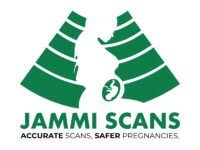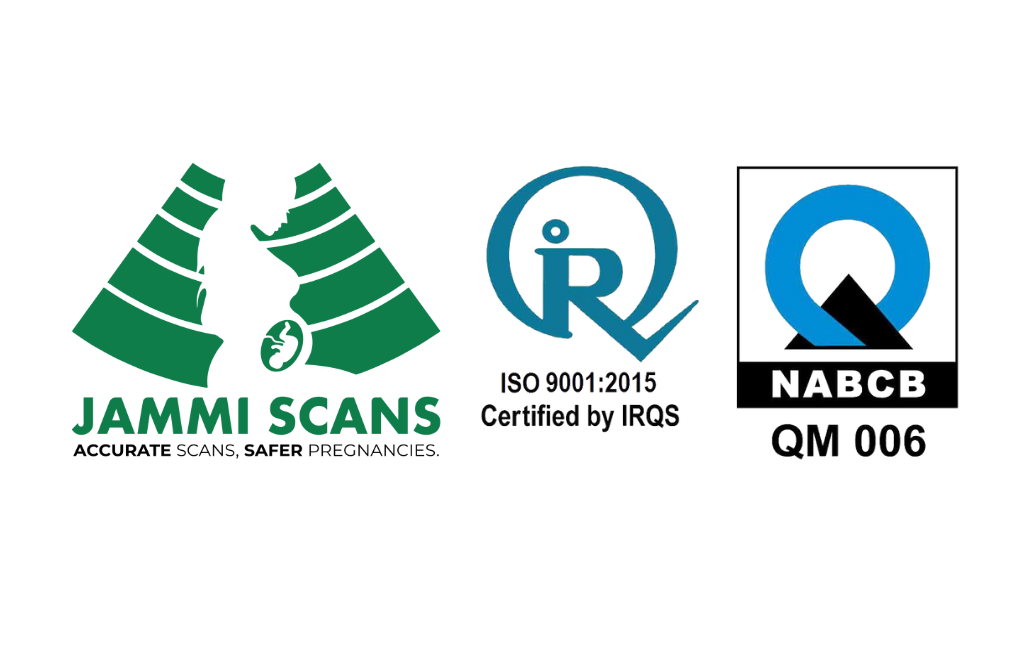Table of Contents
TogglePrenatal screening – NT scan
A prenatal ultrasound is a widely accepted tool for detecting fetal anomalies during pregnancy. Your practitioner may recommend one of several prenatal screenings, including nuchal translucency (NT), toward the end of your first trimester, considering the NT scan benefits.
These screening tests are recommended for all pregnant women and help determine the probability of a baby being born with certain risks. If you are a pregnant mother and unsure of why your gynecologist-obstetrician has referred you for an NT scan, here is more information about the NT scan and its benefits in detail.
What is NT?
NT is the typical, fluid-filled soft-tissue spot found between the fetal skin’s back and the skin above. The amount of fluid is measured in the NT screening. If the fluid level is more, then that is the indication that your baby has down syndrome.
To be more specific, a measure greater than the 95th percentile for a specific crown-rump length was the original definition of an increased NT. Recent studies, however, have shown that adverse outcomes are much more frequent when an NT exceeds a predetermined threshold of 3.5mm (i.e., R 3.5mm).
Although NT detection by ultrasound has become a potent prenatal screening strategy to identify a wide range of syndromes, it cannot be used as a benchmark in and of itself to identify structural and karyotyping-related anomalies.
If this test is done after 14 weeks, then this liquid may be absorbed by the developing lymphatic system of your growing baby and so the result may be misguided. Similarly, if it is taken before 11 weeks, the baby is too small to measure for the NT. So the ideal time for NT screening to be done is between 11 to 14 weeks time.
Best practices to be followed during Nuchal Translucency that every pregnant mother should know

- Only sonographers or sonologists who have received training in and experience with the technique should use nuchal translucency ultrasound.
- Based on the mother’s body type, the fetus’s position, and the gestational age, a transabdominal or transvaginal approach should be used.
- While scanning the position of the fetal neck should be neutral.
- The midsagittal plane should be used to examine the fetus.
- At least 75% of the viewable screen should be taken up by the fetal image.
- To differentiate between amnion 7 and fetal movement, one should wait. and fetal skin on top.
- Calipers have to be placed on the inner edges of the nuchal fold and should be positioned parallel to the fetal body’s long axis.
- Nuchal translucency measurements should be taken at least three times, with the mean value being used for risk analysis and patient counseling.
- The nuchal translucency measurement may need to be worked on for at least 20 minutes before being considered a failure.
Benefits of the NT test
- This screening gives an idea about the high-risk factors as early as in your first semester.
- It precisely predicts the level of risk in your baby having a genetic condition.
- The NT screening scan is the easiest way to detect any chromosomal abnormalities.
- This offers good antenatal care by which parents are educated about the potential issues that could arise during the pregnancy.
- Early detection of chromosomal anomalies will give parents a heads up to either prepare to continue their pregnancy journey to give the best care to the little one or terminate it.
- It also qualifies them to seek further support, information, and counseling.
- It will get parents ready to raise babies with chromosomal abnormalities with great care as they may experience abnormalities like cardiac problems etc.
- It is non-invasive, meaning there is no cut or incision, so there is no pain involved.
- Even to mothers with no history of chromosomal abnormalities, or those whose age is not on the higher side, this scan is beneficial as these are not the only deciding factors for Down Syndrome. It is to be noted that the risk increases as you grow with age.
Down Syndrome risk with advancing age
25 years – chances are 1 in 4000
35 years – Chances are 1 in 300
40 years – chances are 1 in 200
- Every woman should go for this scan as this is the cheapest and easiest way to detect chromosomal abnormalities.
- You will then be able to discuss the results with your gynecologist. If screening does identify a possible risk, you might require further definitive tests to confirm the screening results before deciding whether or not to continue with the pregnancy (see amniocentesis or chorionic villus sampling).
Also , find out about important pregnancy scans and how to go through their reports in this blog.
A note from Jammi Scans – best ultrasound pregnancy scan center
The process of performing an ultrasound examination of the fetus is highly reliant on the operator’s abilities and the caliber of the fetal medicine expert and the sonographic equipment she or he uses. Therefore it is necessary to visit the right Scan Centre that has an expert technician who performs NT.
The doctor you suggest should be able to interpret the result precisely and recommend what’s next in our pregnancy journey and discuss the chances and benefits of additional testing.
Contact Jammi Scans at +91-7338771733 or +91-44-43594620 for more details on First Trimester or other pregnancy screenings, or to make an appointment online.






